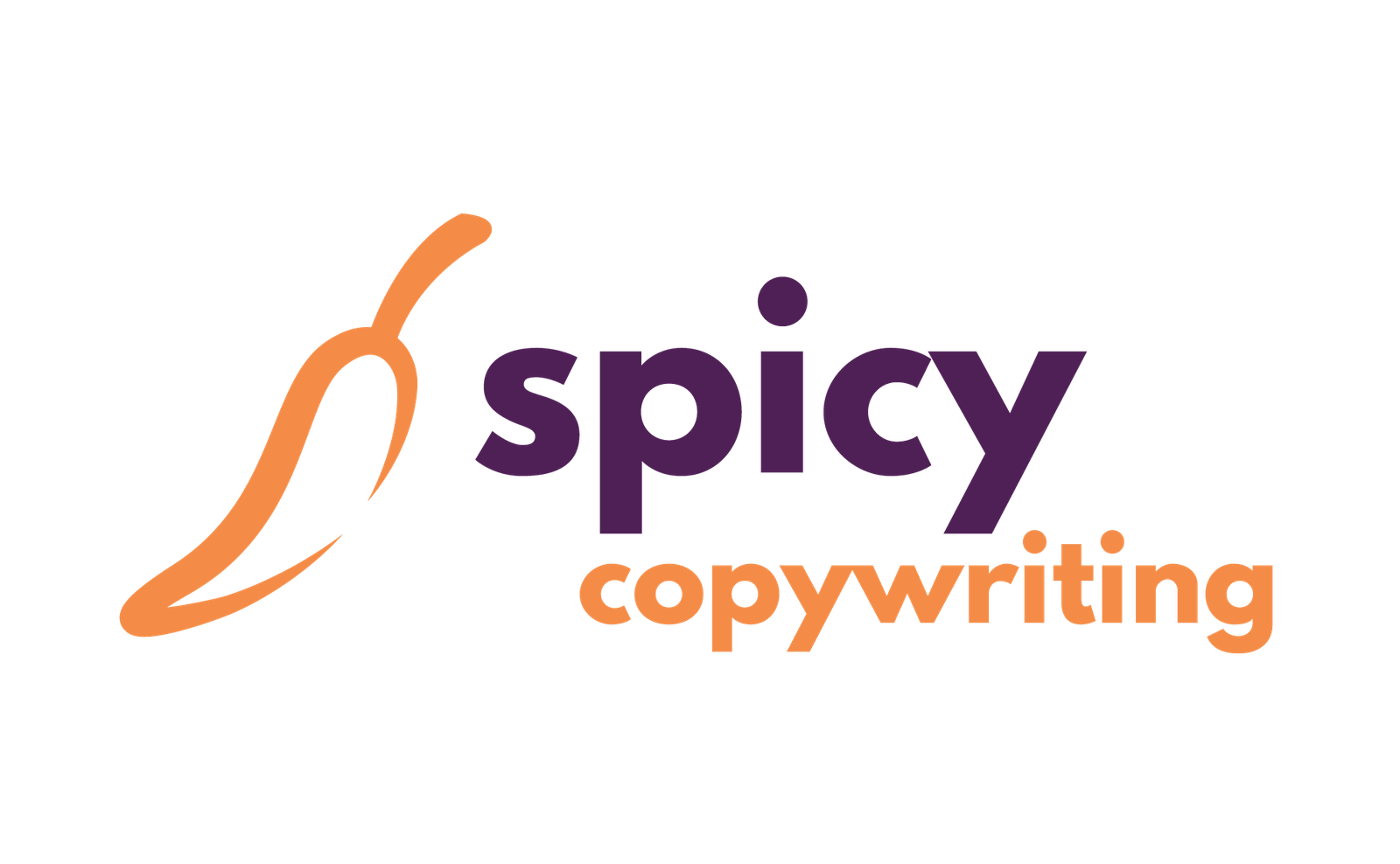I recently went to a networking event where a chap lit up the room (or should I say marquee) with his story and his new business venture. It was a great little business with loads of potential. He’d found a real gap in the market between two established areas of his sector.
He was a bubbly fellow, and talked at length about his new venture. He did so with clarity, energy and joy, highlighting exactly how he helped his customers and how his service was better than the typical ones already out there. Everyone could see the value.
He shared the URL for his brand-spanking new website, and we all whipped out our phones to have a look. Cue lots of oohing and aahing at the cutesy logo, smooth design and warm colours.
From everyone except me.
Naturally, as a purveyor of finest locally sourced words, I didn’t pay too much attention to the branding and dove straight into the copy. I noticed him hovering at my shoulder. Perhaps he was wondering why I wasn’t bowled over like the rest of the group.
“Erm, yeah… looks nice,” was my non-commital response.
Now don’t get me wrong, I like a well-designed and smooth website. I was chuffed to bits when a marketing friend of mine took pity on my DIY-ed website and sorted out the design for me. Strong and vibrant branding can make people feel good about your business and help you stay memorable.
But I’ve never bought or signed up for something online just because the website looked pretty.
On the other hand, I’ve done it plenty of times when a website had a powerful message that spoke to my wants and needs on a deep level. And I’m sure you have too.
This fellow’s website was lacking any kind of message. It was lost in a jumble of jargon, description and statistics. The clarity, energy and joy he had when talking about his business… nowhere to be found in the text. In its place was exactly what I’ve come to expect from many new and smaller businesses (and even some bigger, more established ones) – bland, beige waffle that makes no attempt to connect with the reader on an emotional level.
I did offer to help. I sent a page of ideas and pointers to clarify and strengthen the messaging on his site. He was very grateful. He asked, out of interest, how much it would cost for me to implement these changes. I quoted a very generous day rate. He’d have made his money back with just one additional client.
But it was still, apparently, too great an investment. Despite the obviously significant cost of building the website and all that pretty branding. Which will no doubt make visitors say, “Ooh, that looks nice, isn’t that logo cute.” But is unlikely to make them say, “Where do I sign up?”
Now, I know which one I’d prefer. I’ve only been in business a couple of years, but even I know that compliments don’t pay the bills. Customers do.
I recently spoke to a member of another networking group I’m in, a clever chap who’s been in business a long time. When I said I feel like many business people see copy as an afterthought, something to fill the spaces in their bright and jazzy websites, he nodded sagely, a weary smile across his face. Clearly this sort of thing is all too common. He had an idea why that was, based on an experience with one of his business friends.
He suggested that when someone asks you to look at their new website, they don’t really want you to pay attention to it. They just want you to blow smoke up their arse and tell them how pretty it is. It’s almost a vanity thing for them, a fashion accessory. Who cares about the message when it has a graphic that spins round as you scroll? Isn’t that cool!
Another clever chap from the group went as far as saying those that sink thousands on a fancy website but don’t invest in their messaging ‘don’t know the first thing about business and are fucking doomed’.
I’ve not really been around the block enough times to start telling people they’re fucking doomed. But I do believe that not prioritising powerful messaging is a big reason why so many businesses struggle.
For the vast majority of businesses, a clean, basic website with a powerful message will outgun a masterpiece of digital creativity that doesn’t really say very much (e-comm websites, where you’re selling low-ticket, ‘impulse buy’ sort of products, can maybe get away with a lack of message if your imagery is out of this world. B2B companies and high-level service providers – definitely not).
You can’t just chuck a load of words onto a page and expect people to think what you want them to think and do what you want them to do. It doesn’t work like that. People don’t care how much you’ve spent on your website, or if you’ve got really quite marvellous set of brand guidelines, darling.
They want to know what you can do for them. They want to feel seen and spoken to on a deep level. They want to feel confident that you can deliver what you promise.
And the only way to get them there is by thinking very carefully about the words you put in front of them.
Neglect those, and your fancy website is nothing more than an expensive garnish around an empty plate.
